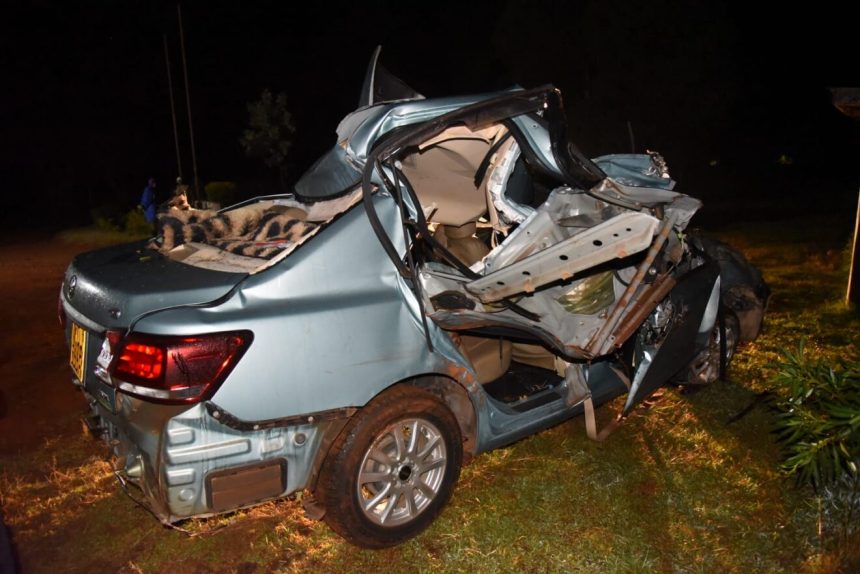649 people have lost their lives in road accidents in Kenya in the last two months, according to statistics from the National Transport and Safety Authority (NTSA).
A closer look at the traffic data from January 1 to February 20 shows that the number of deaths has increased compared to the same period in 2023.
623 lost their lives during the same period in 2023.
The latest data from the NTSA shows that as of February 20, pedestrians lead in fatalities at 252, compared with 190 recorded last year.
The majority of the fatalities were pedestrians, followed by motorcyclists, passengers, drivers, pillion passengers, and pedal cyclists.
Motorcyclists recorded 152 deaths, marking a slight decrease compared to 177 in 2023.
“In 2024, at least 125 passengers have lost their lives in road crashes compared to 114 in 2023 with 43 drivers losing their lives in road accidents, which is a decrease compared to 59 in the same period last year,” NTSA said.
Pillion passengers recorded 61 deaths compared to 71 witnessed last year, with only 10 pedal cyclists losing their lives this year from an accident within the period under review compared to 12 recorded in 2023.
In its draft National Road Safety Action Plan 2023-2027, the NTSA says several national and county government agencies are currently underfunded to deliver safety-related services.
These include the NTSA, the Kenya National Highways Authority (Kenha), the police, and county health authorities.
“The annual socioeconomic losses in Kenya due to road crashes are estimated to be more than Sh450 billion. There is a need to sustainably finance road safety programmes and cost-effective safety investments in Kenya over the next decade,” says NTSA.
According to the NTSA, many accidents occur on the Northern Corridor, accounting for the high fatalities.
“Five roads in Nairobi County, representing two percent of the road network, account for 36 percent of all fatal crashes in the country,” said NTSA Director-General George Njao.
The five roads are Thika Superhighway, Outering Road, Mombasa-Nairobi Highway, Eastern Bypass, and Northern Bypass.
The safety agency says fatal crashes are highly concentrated in time. Twenty-six percent of crashes in Nairobi (30 percent of crashes nationally) occur between 7 pm and 10 pm.
Last year, Transport Cabinet Secretary Kipchumba Murkomen said that drunk driving, speeding, non-use of seat belts and helmets, and unsafe crossing of the road by pedestrians were the main causes of accidents and injuries.
Murkomen also said most accidents, especially in the cities, occurred on Friday evenings and Monday mornings, with a notable correlation to drunk driving.
“We have seen a troubling trend where private vehicles are engaging in serious driving violations, contributing significantly to the alarming accident rates. Unfortunately, these incidents are not only tragic losses but also detrimental to the economy,” he said at the time.
The World Health Organization (WHO) estimates that more than 1.35 million people die on the world’s roads each year, and up to 50 million suffer non-fatal injuries as a result of road traffic crashes.
They are the leading cause of death for people aged 5-29 years and place an immense socio-economic burden on societies around the world.
In Kenya, as in other low- and middle-income countries, our road safety problem has been driven by a rapid increase in the human and vehicle population, which in turn has led to a rapid increase in traffic.
The overall road system in Kenya cannot cope in its current state, and a very large number of people are killed and seriously injured as a result.
The majority of these people are vulnerable road users: pedestrians, motorcyclists, and cyclists. In addition, almost a third of the fatalities are passengers – many of whom die on unsafe public transport.



